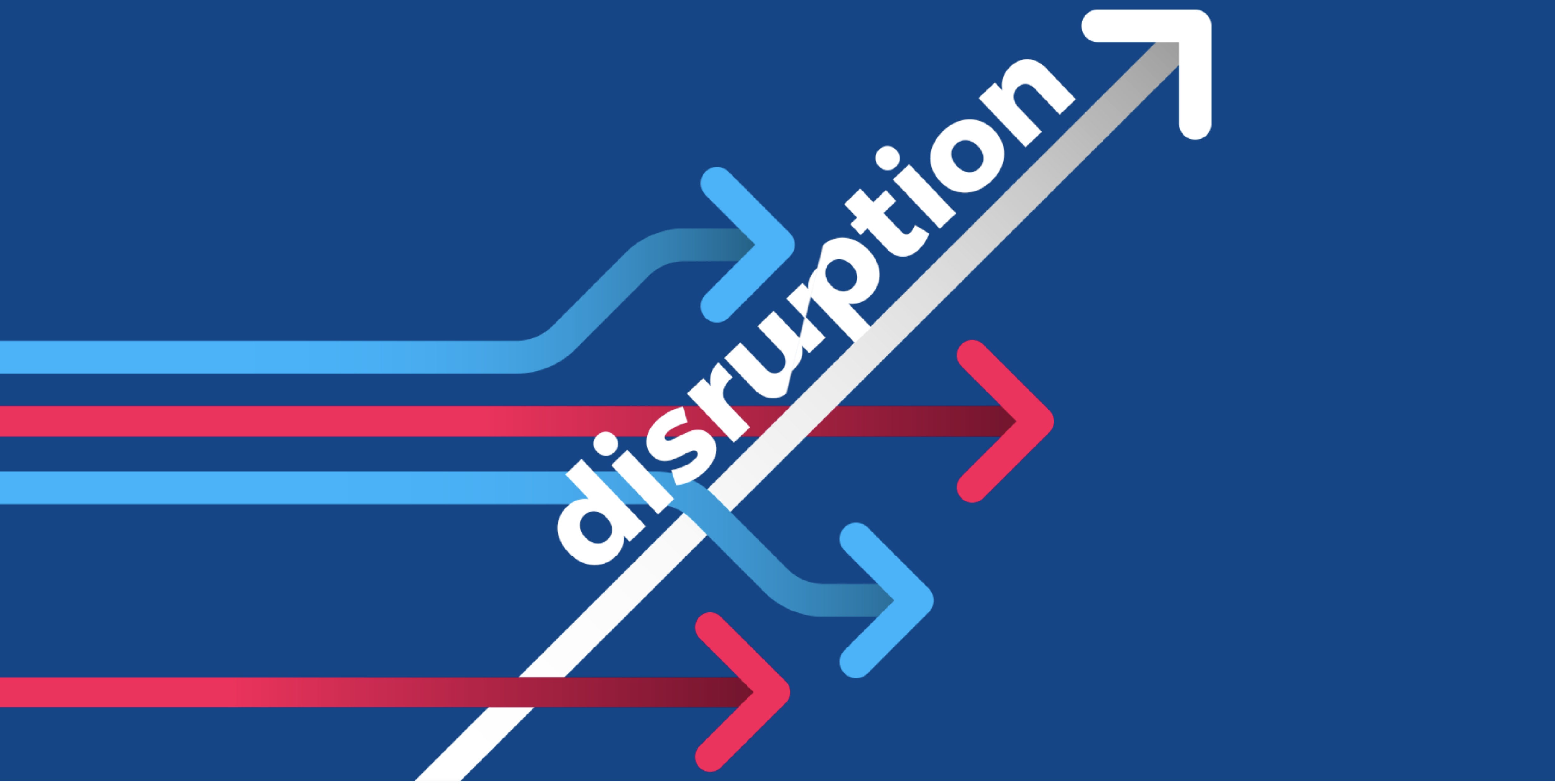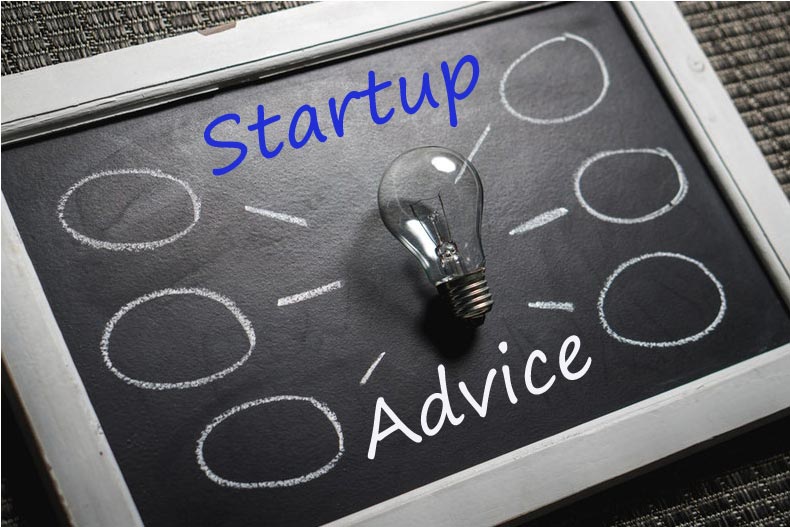Introduction
In today’s rapidly evolving business landscape, the term disruption has become synonymous with innovation, transformation, and the rapid reshaping of entire industries. Disruption occurs when new technologies, business models, or ideas fundamentally alter the way established industries operate. Disruptive companies or technologies often challenge traditional players, creating new markets and forcing old ones to adapt or risk obsolescence. In this article, we will explore what disruption means, the factors driving it, and how businesses can adapt to and thrive in an era of disruption.
Table of Contents
What is Disruption?
Disruption refers to a significant change or transformation within an industry or market, often brought on by a new technology, product, service, or business model. Disruptive innovations typically start by targeting overlooked or underserved customer segments and gradually evolve to replace or disrupt established players in the market.
Unlike incremental innovations, which improve existing products or services in small ways, disruptive innovations completely redefine the competitive landscape. They can lead to the decline or even failure of established businesses that fail to adapt or embrace the change.
Theories of Disruption
One of the most widely recognized frameworks for understanding https://the-business-cafe.ca/ comes from Clayton Christensen’s theory of “Disruptive Innovation”. Christensen, a Harvard Business School professor, introduced the concept in the late 1990s. According to his theory, disruptive innovations typically have two key characteristics:
-
Initially serve a low-end or niche market – Disruptive innovations often start by addressing a specific market segment that is not well-served by existing solutions. Over time, these innovations improve and move upmarket to challenge more established players.
-
Eventually overtake incumbents – As the disruptive technology improves and gains traction, it becomes appealing to mainstream customers, and incumbents that fail to innovate or adapt may lose market share or become irrelevant.
Factors Driving Disruption
Several key factors contribute to disruption across industries. Some of the most significant drivers include:
-
Technological Advancements
Breakthroughs in technology are often the catalysts for disruption. Innovations in fields like artificial intelligence (AI), machine learning, blockchain, cloud computing, and automation have led to the development of new business models and have the potential to upend established industries.
Example: The rise of cloud computing has disrupted traditional software companies by enabling businesses to access software on a subscription basis rather than purchasing expensive software licenses.
-
Changing Consumer Expectations
Consumer expectations have evolved dramatically, driven by the rapid adoption of technology. Customers now expect greater convenience, personalized experiences, faster services, and affordable pricing. Companies that fail to meet these shifting demands risk being overtaken by more agile disruptors.
Example: The rise of companies like Uber and Lyft disrupted the traditional taxi industry by offering an easier and more affordable alternative to hailing a cab.
-
Globalization and Connectivity
The increased connectivity and access to global markets have enabled businesses to reach a broader audience than ever before. New entrants can leverage the global marketplace to offer innovative solutions and challenge local market leaders.
Example: Alibaba revolutionized e-commerce by connecting sellers and buyers from all over the world, disrupting traditional brick-and-mortar retail and established e-commerce giants.
-
Regulatory Changes
Sometimes, regulatory changes or shifts in government policies can create opportunities for disruption. For instance, changes in regulations related to data privacy, environmental sustainability, or labor laws can force companies to adapt or face new competitive threats.
Example: The deregulation of the telecommunications industry in several countries led to the rise of disruptive companies like Skype, which offered free internet-based calls, challenging the traditional telecom services.
Examples of Disruptive Innovation
-
The Internet and E-Commerce
The rise of the internet and e-commerce has disrupted traditional retail and brick-and-mortar businesses. Online marketplaces like Amazon, eBay, and Alibaba have changed the way people shop, offering convenience, variety, and competitive pricing. Traditional retailers have struggled to adapt to the rapid rise of online shopping and are facing the consequences of disrupted business models.
Example: Amazon’s disruption of retail is one of the most well-known cases of digital disruption. The e-commerce giant not only changed consumer shopping habits but also forced traditional retailers to invest in online platforms and digital strategies.
-
Transportation and Ride-Sharing
Traditional transportation systems like taxis and public transit have been disrupted by innovative companies such as Uber and Lyft. These companies leveraged mobile technology and data analytics to provide a more efficient, convenient, and cost-effective way for people to get around, reshaping the entire transportation industry.
Example: Uber’s ability to connect drivers and passengers through a simple app fundamentally altered the taxi service market, even in cities with strong traditional taxi unions.
-
Streaming Services and Entertainment
Streaming platforms like Netflix, Spotify, and Disney+ have disrupted the entertainment industry by offering consumers instant access to movies, television shows, and music without the need for traditional distribution channels such as cable TV, CDs, or DVDs.
Example: Netflix disrupted the traditional movie rental business, which was dominated by Blockbuster, by offering a subscription-based streaming model that gave users access to vast libraries of content at their convenience.
-
Fintech and Banking
The financial services industry has seen a wave of disruption with the emergence of fintech companies. Technologies like mobile payments, blockchain, peer-to-peer lending, and digital banking are challenging traditional banks and financial institutions, offering consumers faster, cheaper, and more accessible financial services.
Example: PayPal and Square revolutionized payment processing by allowing businesses and individuals to transfer money digitally without the need for traditional banking intermediaries. Cryptocurrencies like Bitcoin have also disrupted the concept of centralized financial systems.
How Businesses Can Respond to Disruption
-
Embrace Innovation
One of the most effective ways for businesses to avoid being disrupted is by embracing innovation themselves. By continually investing in new technologies, products, and services, businesses can stay ahead of competitors and better meet customer demands. Companies that fail to innovate risk falling behind as competitors seize the opportunity to disrupt the market.
Example: Apple remains a market leader because it consistently innovates with new products, such as the iPhone, iPad, and wearable technologies, staying ahead of competitors in the consumer electronics space.
-
Agility and Adaptability
In an age of disruption, businesses need to be agile and adaptable. This means quickly pivoting business models, adjusting to new market trends, and responding to customer feedback in real time. Agility allows companies to remain competitive and respond to disruptions before they become threats.
Example: During the COVID-19 pandemic, many companies quickly adapted to remote work, shifted their operations to e-commerce, and introduced new services to meet changing consumer needs.
-
Invest in Research and Development
Continuous investment in research and development (R&D) helps companies stay at the forefront of technological advancements and industry trends. Businesses that prioritize R&D are more likely to be the ones driving disruption, rather than being disrupted.
Example: Tesla’s commitment to R&D in electric vehicle technology has allowed the company to remain a leader in the automotive industry while forcing traditional automakers to rethink their approach to electric cars.
-
Monitor Market Trends and Customer Needs
Disruptions often arise from shifts in consumer behavior and market demands. Businesses that pay close attention to these trends and anticipate future changes are better positioned to capitalize on new opportunities and respond to threats.
Example: The success of companies like Spotify can be attributed to their ability to understand consumer desires for on-demand, ad-free, and personalized content. Spotify capitalized on this demand for convenience and accessibility in music consumption.
Conclusion
Disruption is an inevitable force that reshapes industries and challenges businesses to adapt. By embracing innovation, fostering agility, and investing in research and development, companies can stay competitive in an increasingly disruptive world. However, disruption is not just about competition — it’s also an opportunity for businesses to lead the charge in driving change, creating new markets, and meeting the evolving needs of consumers. Understanding the forces behind disruption and preparing for them can help businesses thrive in the face of constant change.



